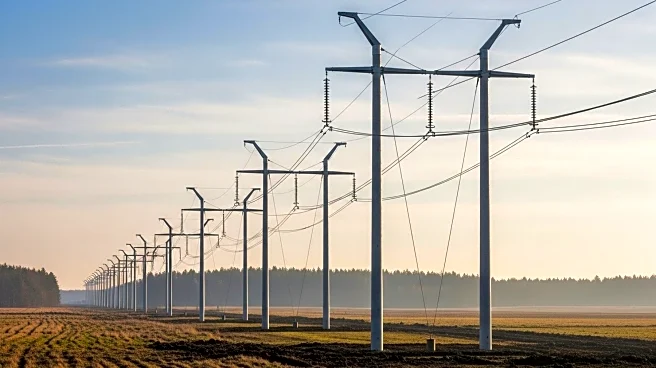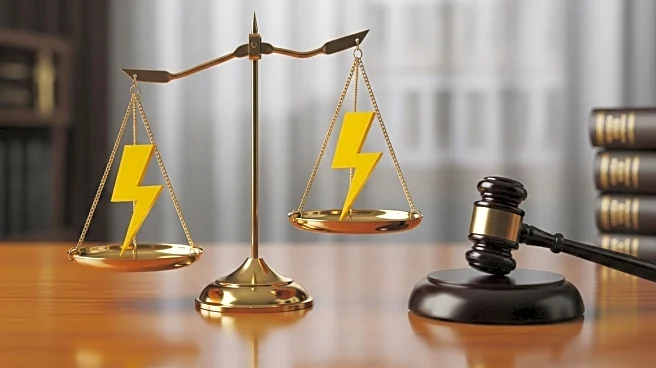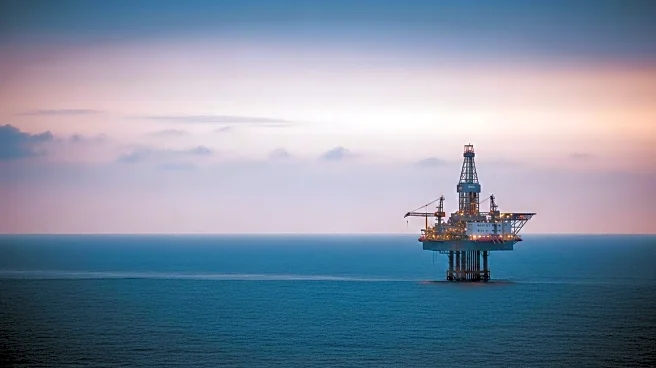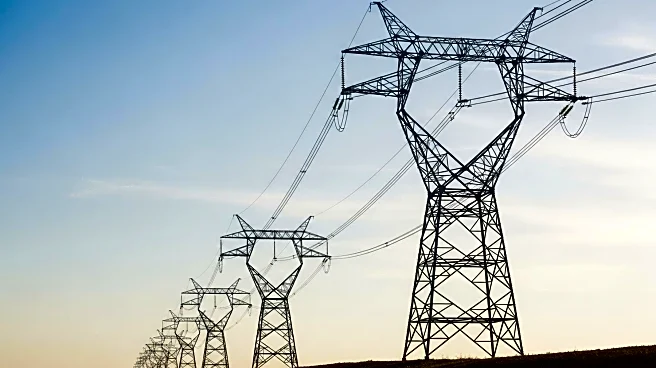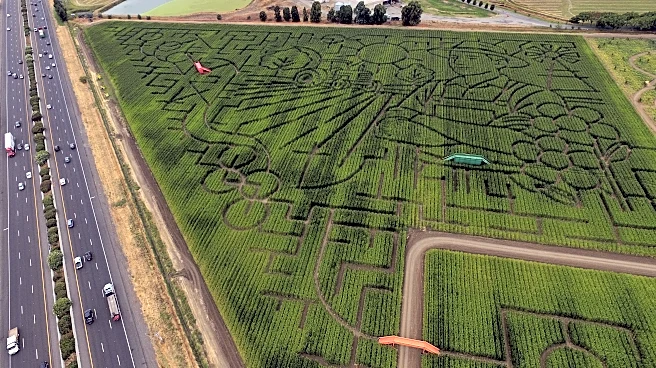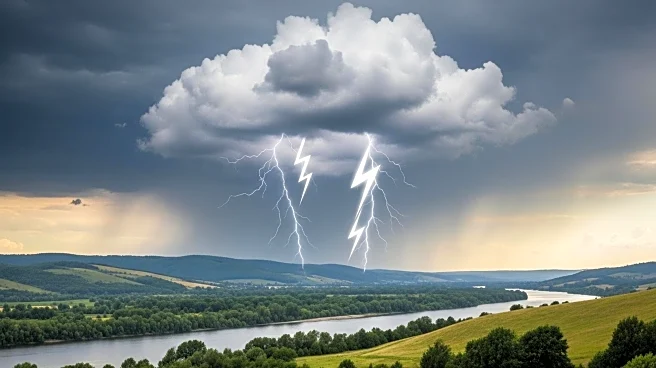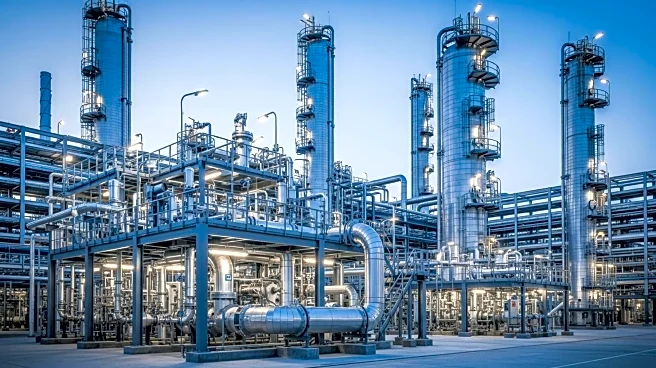What is the story about?
What's Happening?
Pacific Gas and Electric Company (PG&E) has successfully constructed and energized 1,000 miles of underground powerlines in high fire risk areas across Northern and Central California. This initiative is part of PG&E's efforts to reduce wildfire risk, marking the largest undergrounding project by a utility to date. The project aims to eliminate nearly all wildfire risk in areas where these lines provide electricity. PG&E's system hardening efforts, including undergrounding, have permanently removed 8.4% of wildfire ignition risk from its entire system since 2023. The company plans to extend the undergrounding to 1,600 miles by the end of 2026, contributing to an 18% risk reduction across its system. The cost per mile of undergrounding has decreased from $4 million to $3.1 million, with further reductions expected.
Why It's Important?
The undergrounding of powerlines by PG&E is a significant step in mitigating wildfire risks in California, a state that has been severely affected by wildfires in recent years. By reducing the risk of wildfires, PG&E is not only protecting communities but also ensuring the reliability of power supply. This initiative is crucial for the safety of residents and the preservation of natural resources. The reduction in costs associated with undergrounding also highlights the potential for more widespread adoption of such measures, which could lead to safer and more resilient infrastructure across the state.
What's Next?
PG&E plans to continue its undergrounding efforts, aiming for a total of 1,600 miles by 2026. The company is also focusing on further reducing costs and improving efficiency through innovations in construction techniques. As PG&E progresses with its undergrounding project, it will likely face scrutiny from stakeholders regarding the environmental impact and cost-effectiveness of these measures. The success of this initiative could influence other utilities to adopt similar strategies to combat wildfire risks.
Beyond the Headlines
The undergrounding project by PG&E not only addresses immediate wildfire risks but also sets a precedent for long-term infrastructure planning in fire-prone areas. This approach could lead to a shift in how utilities manage and mitigate environmental risks, potentially influencing regulatory policies and investment strategies in the energy sector. The project also raises questions about the balance between cost, environmental impact, and safety in infrastructure development.
AI Generated Content
Do you find this article useful?
